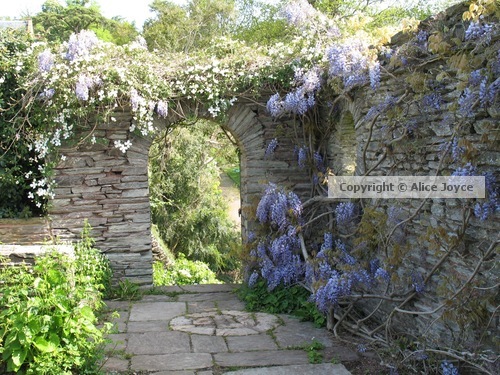
Hestercombe Wisteria Archway © Alice Joyce
I may suggest, among the cognoscenti most any conversation about garden touring in England will surely touch upon a visit to Hestercombe.
Hestercombe Rill © Alice Joyce
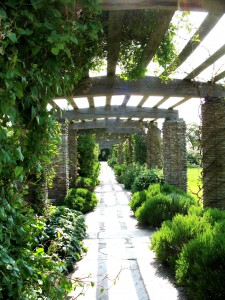 Hestercombe Pergola © Alice Joyce
Hestercombe Pergola © Alice Joyce
A vast landscape taking in some fifty acres, the Hestercombe gardens present a fascinating example of 3 eras: the earliest garden plan attributed to Coplestone Warre Bampfylde (such a melodious name). Bampfylde conceived the property’s earliest 35-acre landscape in the mid-1700s.
Situated in the sublime countryside of Somerset’s Quantock Hills, the Hestercombe property acquired a terrace (photo below) during the Victorian epoch. Yet, garden devotees tend to focus on the design partnership springing from Sir Edwin Lutyens and gardening doyenne, Gertrude Jekyll.
At Hestercombe, these two famous Edwardian figures devised a classical plan on an ambitious scale, a garden embellished by artful plantings: The framework here is less intimate than the Arts and Crafts gardens Lutyens and Jekyll are known for, such as Jekyll’s own garden at Munstead Wood, where the two first collaborated.
A “Paradise restored,” to quote the Hestercombe pamphlet. Indeed, the notion of the ‘paradise garden’ comes to life as one follows the pathways from Pear Pond to Great Cascade to Box Pond. I’m able to imagine the stir and flutter one experiences when a visit coincides with peak bloom among the landscape’s myriad roses. In spring, my desire for a harmonious vision took the form of alluring foliage – the juxtaposition of mature cutleaf maples – one burnished citron, the other, bright melon tones – combined with architectural elements constructed of local mort slate, and buttery-yellow Ham stone.
At Hestercombe the softening effects of Jekyll’s perennial combinations are evident, complementing Lutyens’ plan: We see brilliant stonework throughout, in the architect’s semi-circular staircases and meticulously crafted retaining walls; paired rills; and surely one of the most famous of all pergolas, with its round piers playing off square. A note: how odd it is to see Lutyens-designed benches in context, since the form has been so widely copied as to be ubiquitous.
Over and over again, Lutyens delights, as one’s eye rests upon a simple circular shape within a wall that opens onto pastoral view. A pretty line etched in stone breaks up an expanse of lawn alongside the Orangery, or a more emphatic circle is used to demarcate sections of a water feature. Hestercombe embraces the Arts & Crafts aficionado in its spell.
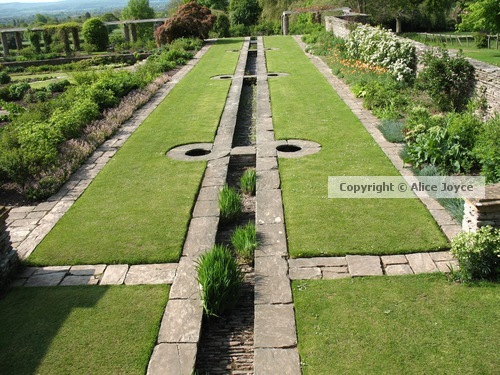
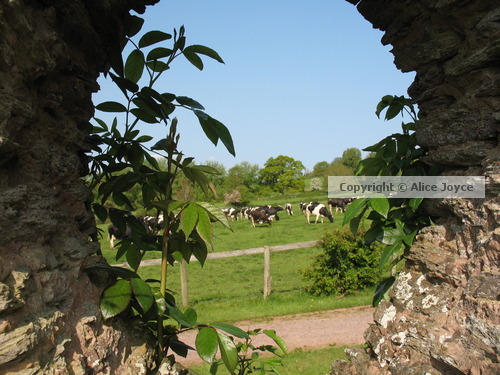
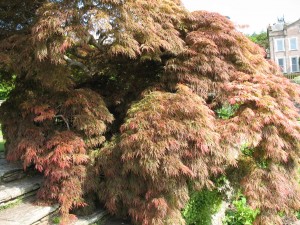

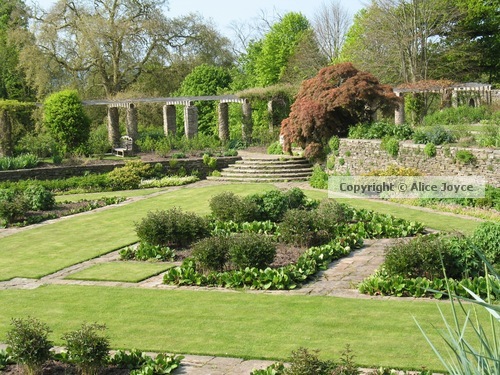
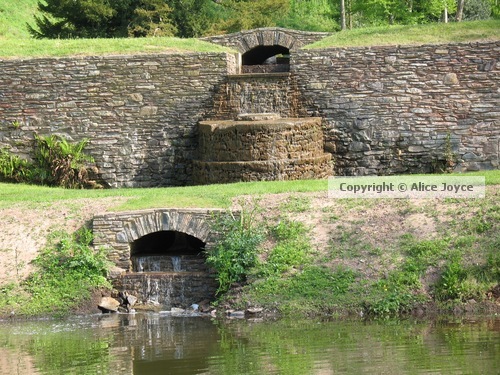

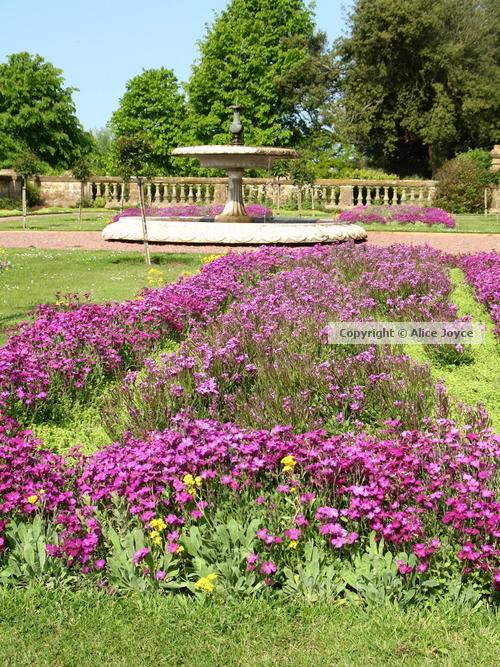
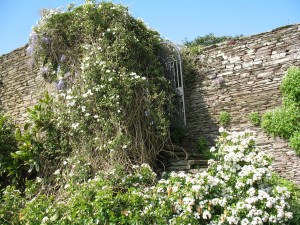
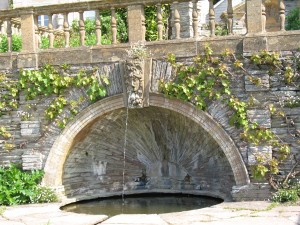
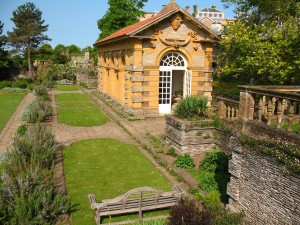
Alice you have brought it all alive for me again.
Not visited for 20years!
Best Wishes
Robert
Dear Alice, What a beautifully painted portrait of Hestercombe. It has indeed been restored significantly since I was last there and it is clearly time for me to make a repeat visit. I too love all the architectural elements to be found there.
A lot of gardens have become blurred in my mind, but Hestercombe still stands out. Powys Castle in Wales is unforgetable too. Wonderful post.
beautiful, I love all the gorgeous stonework.